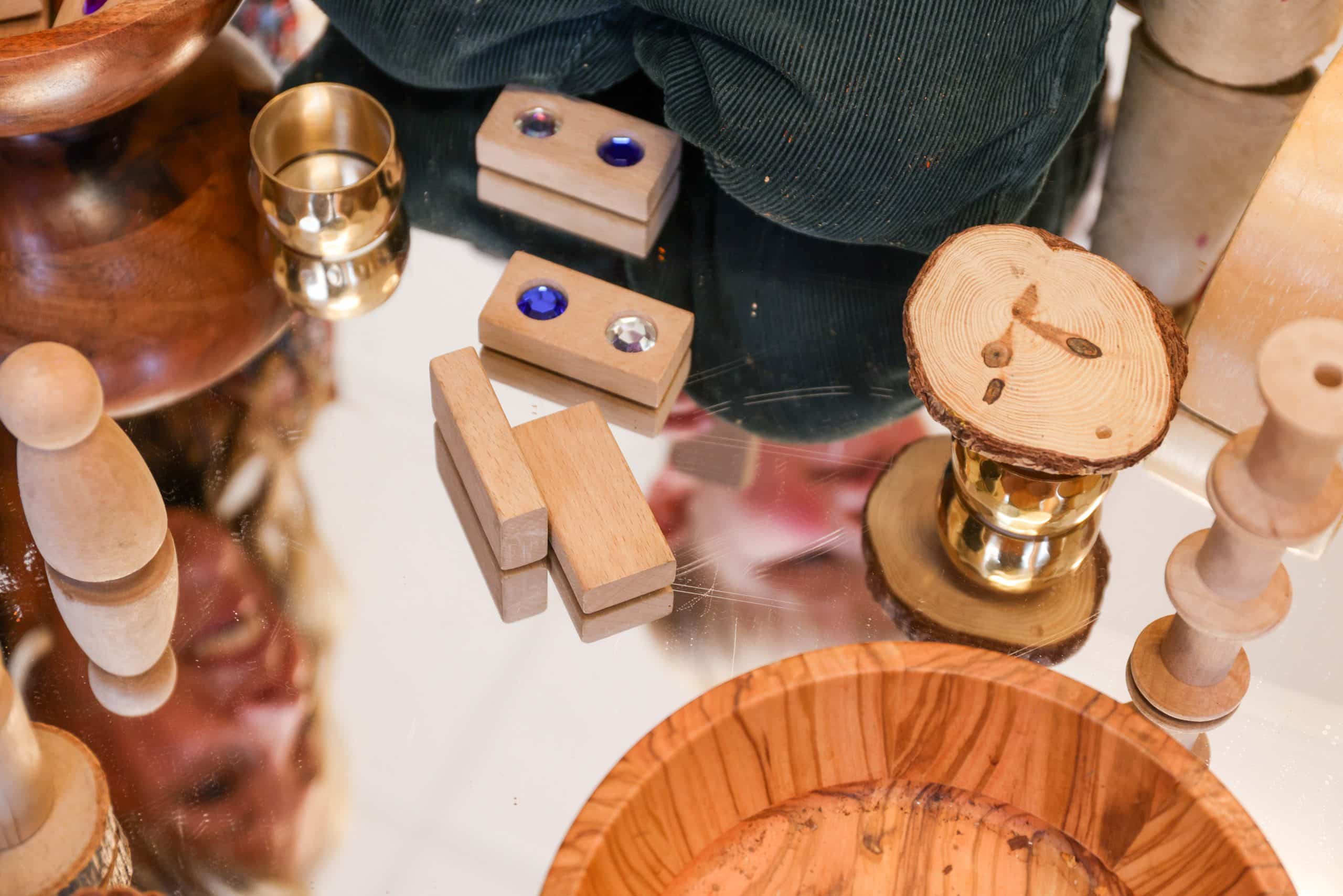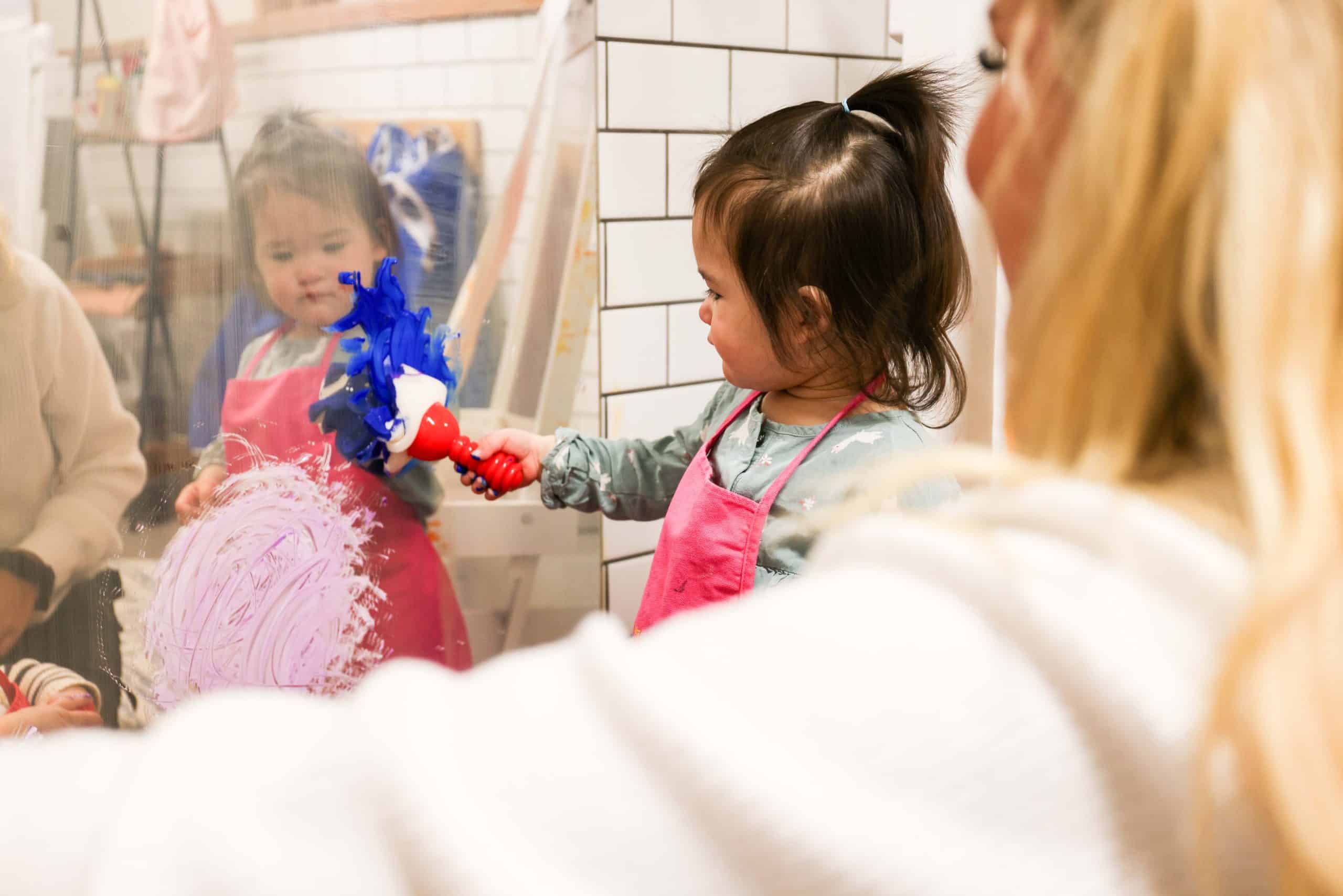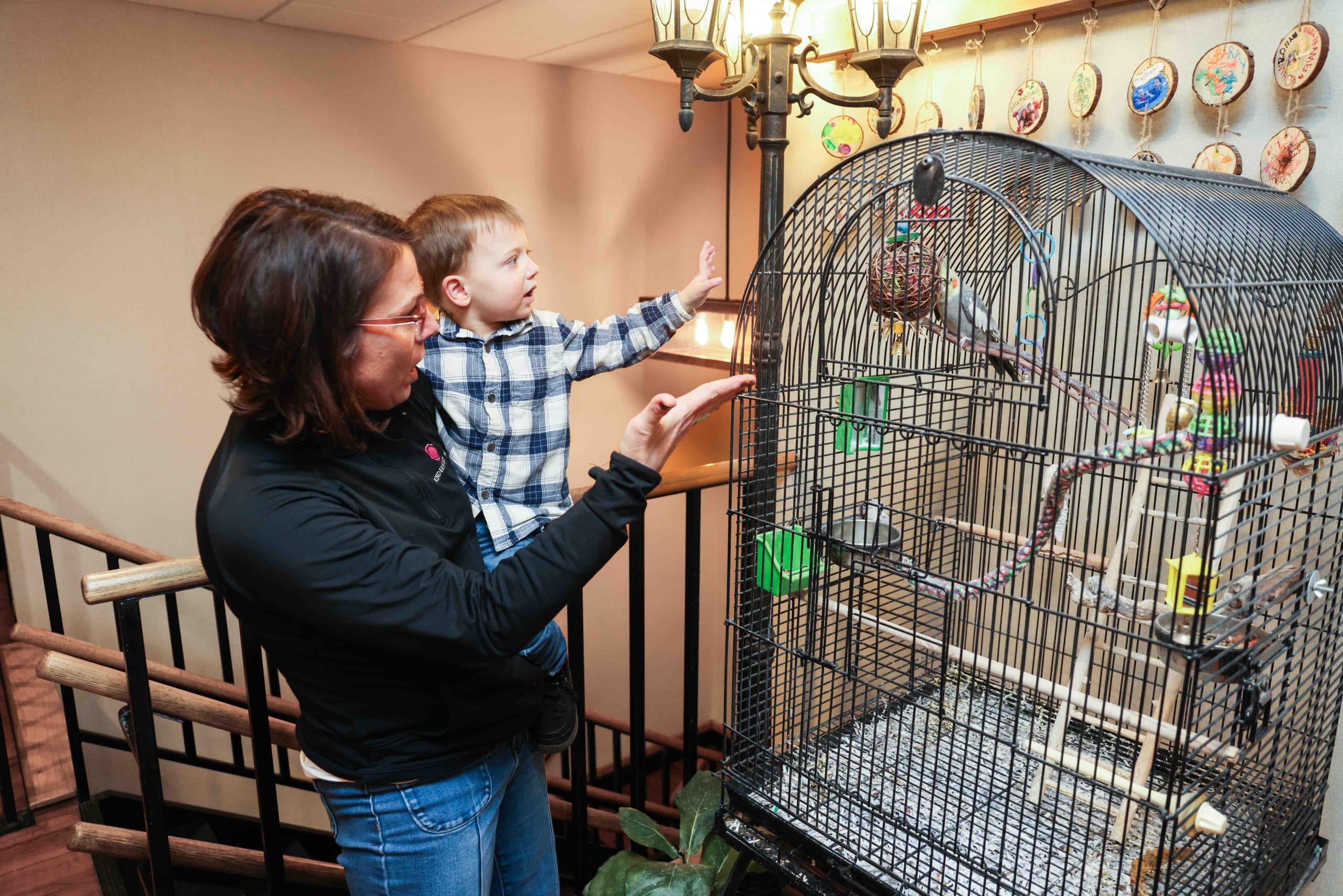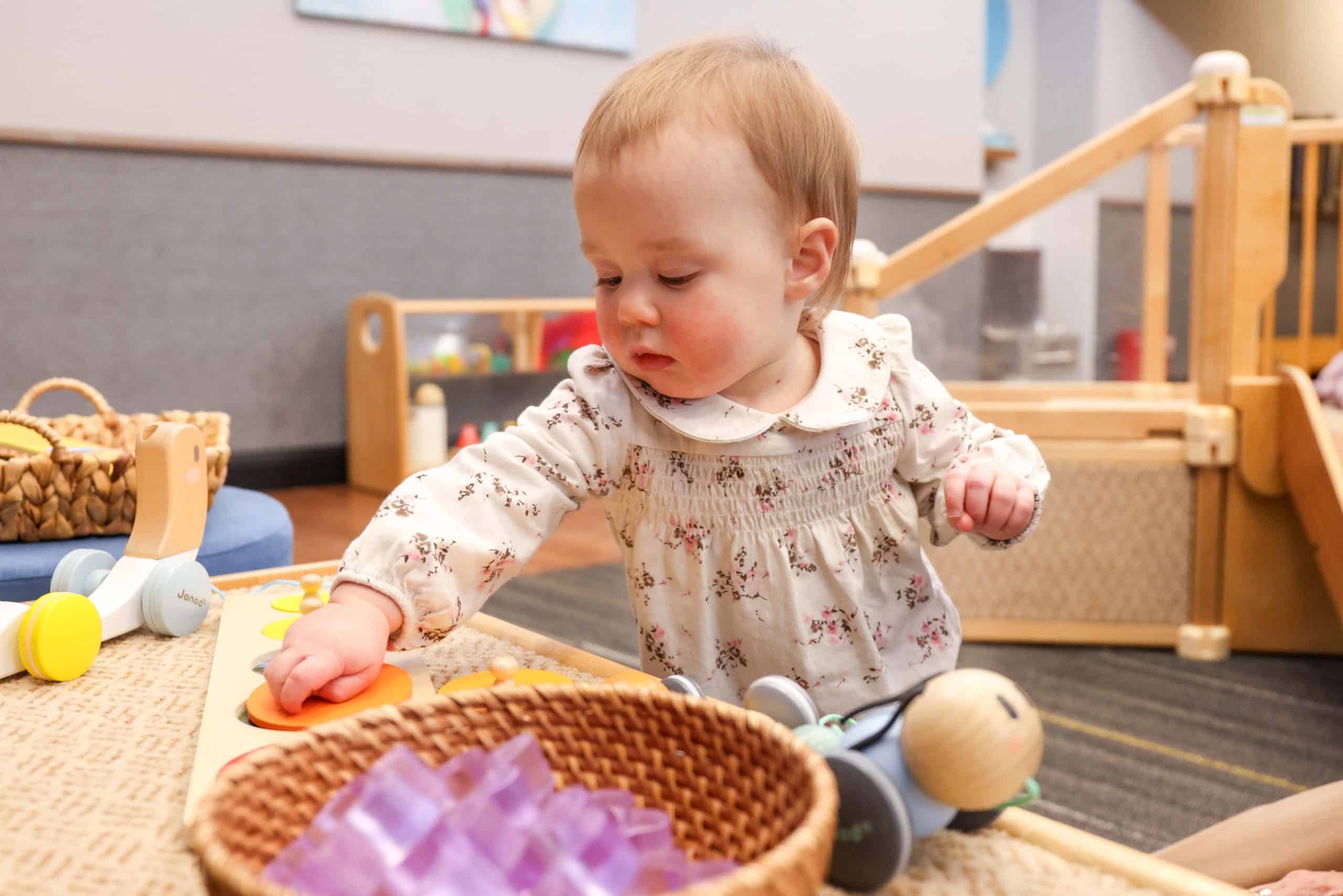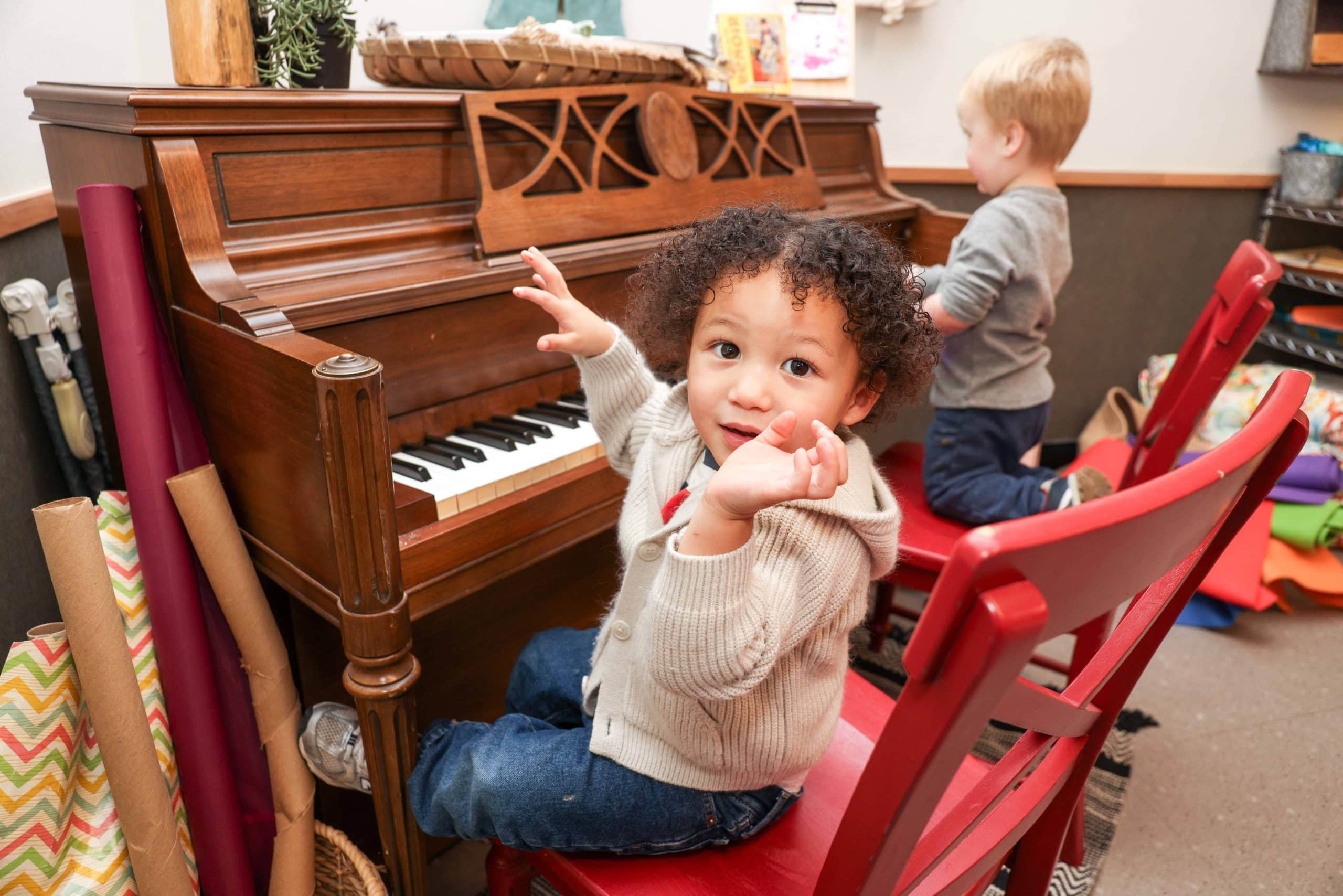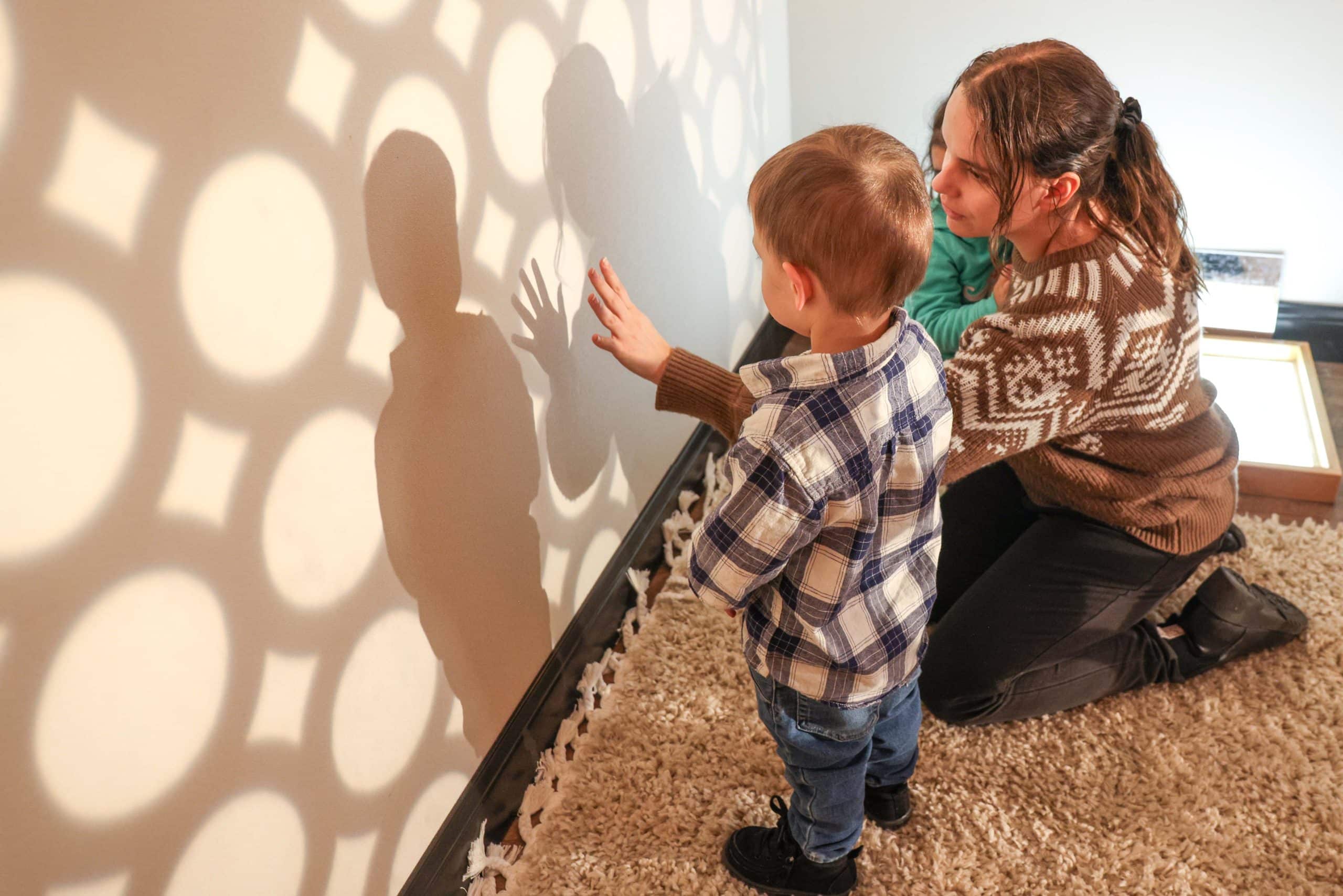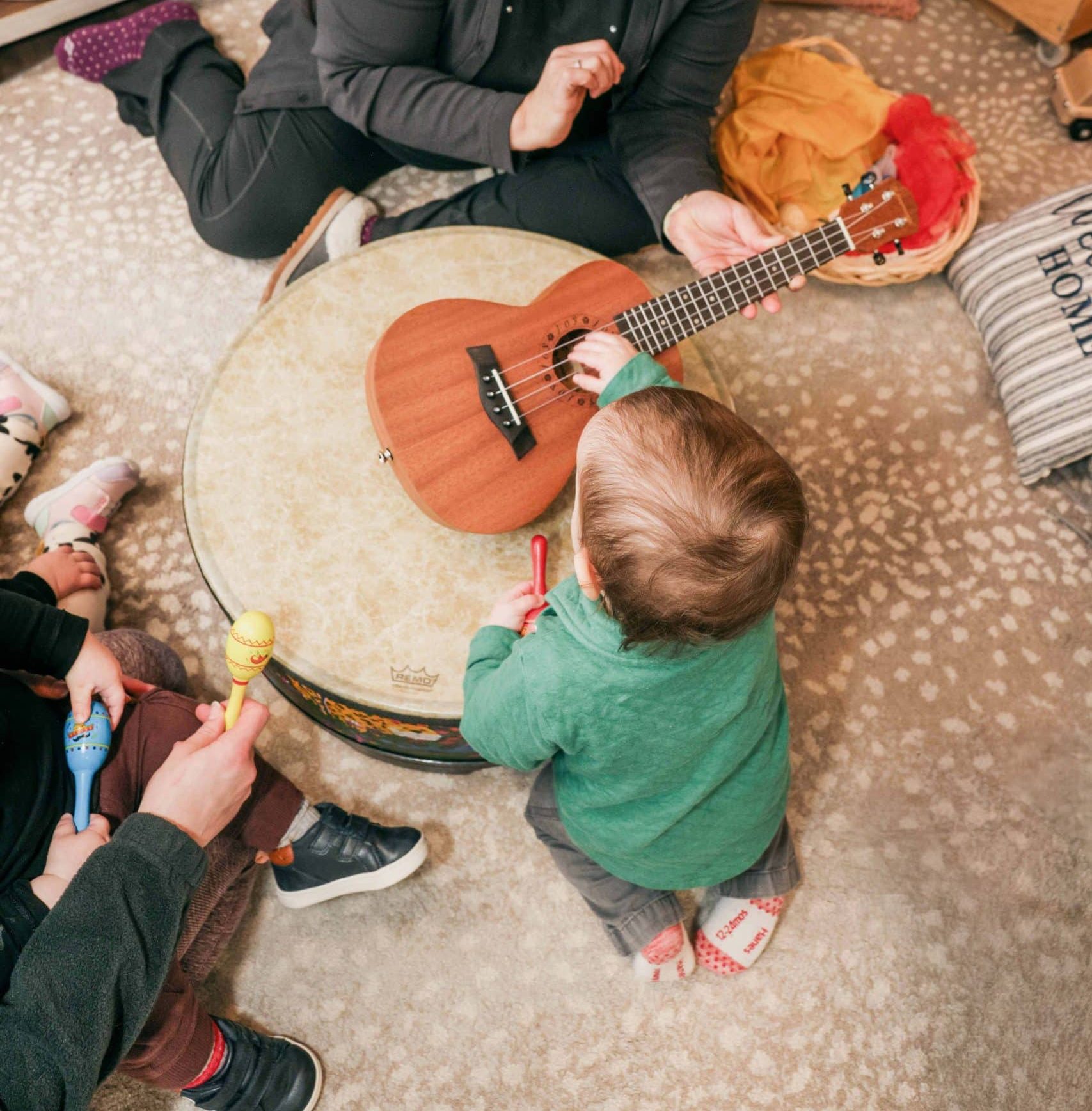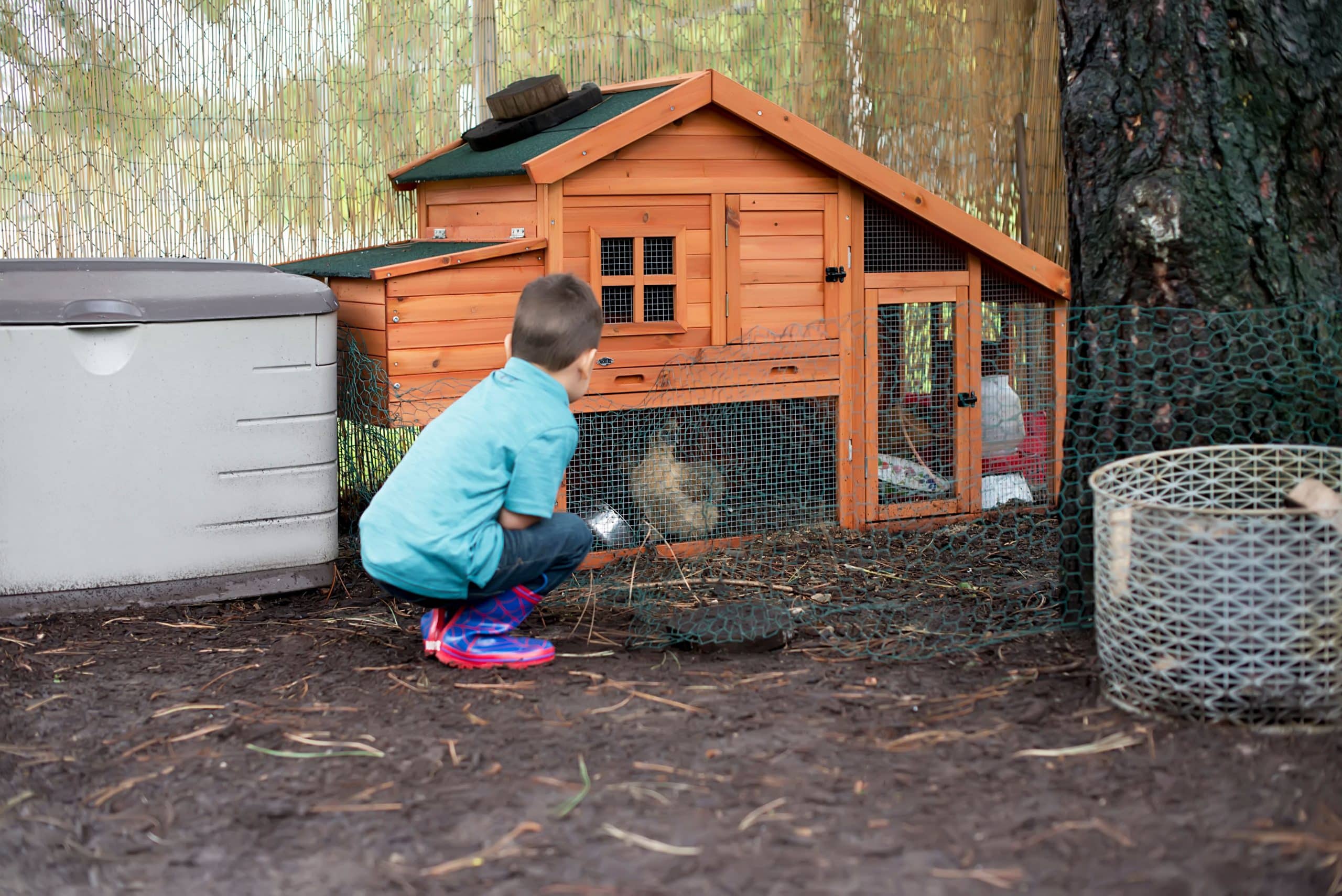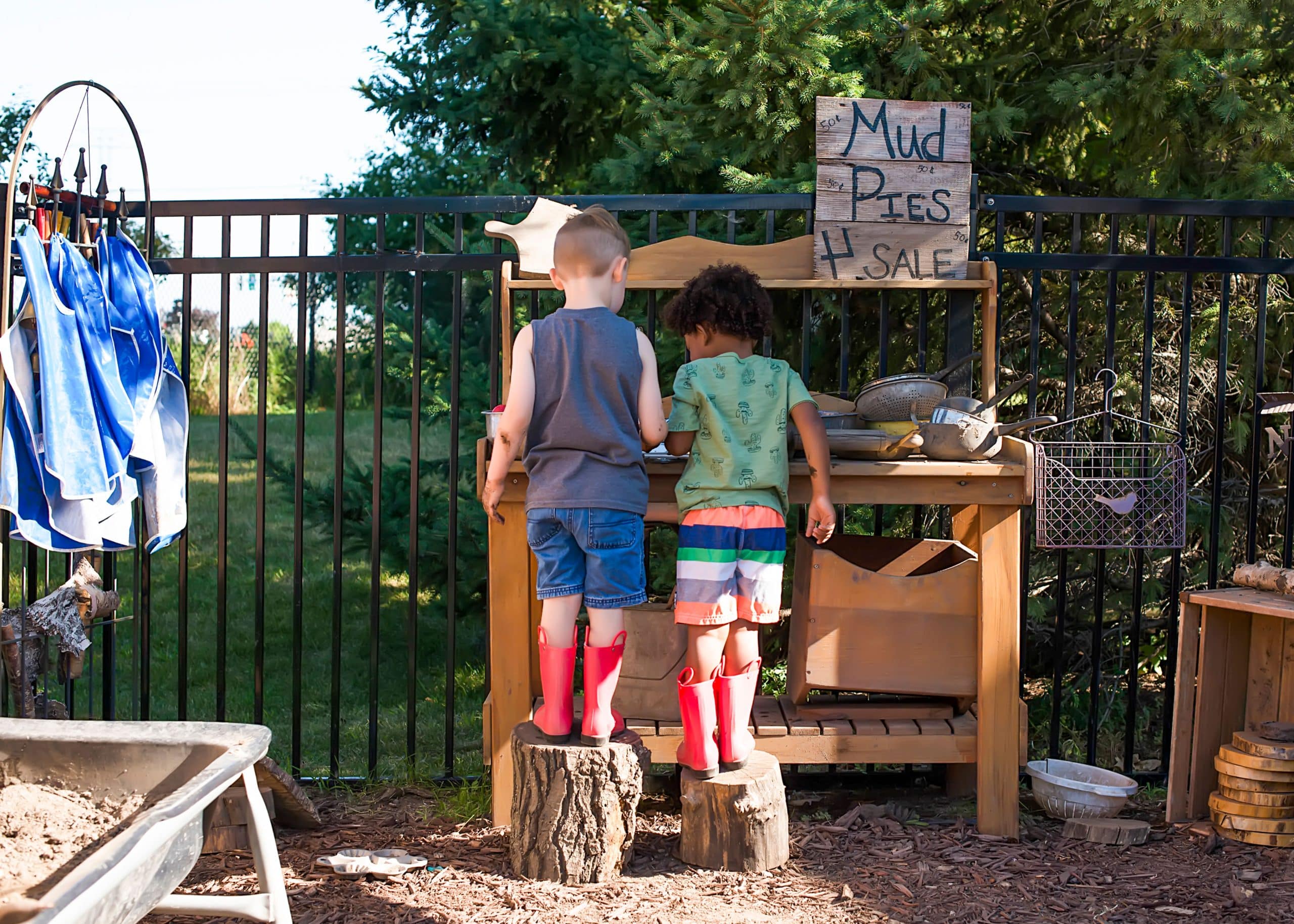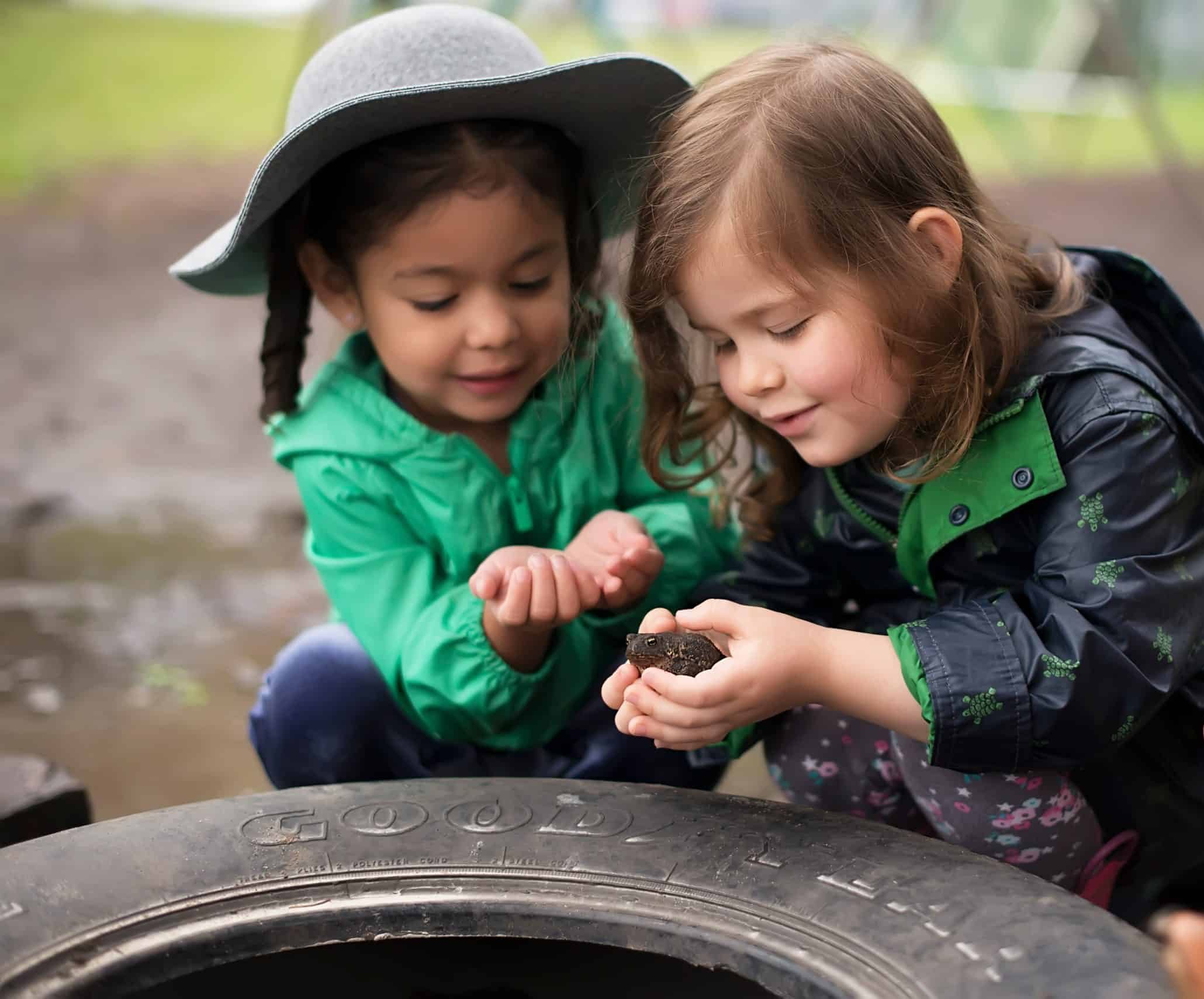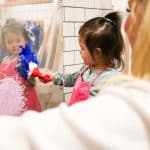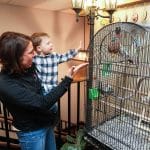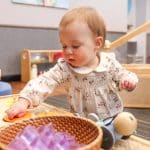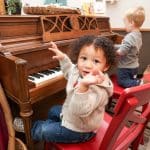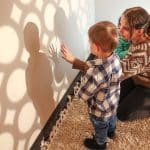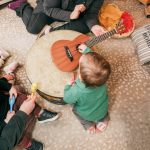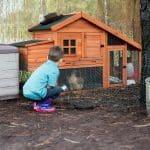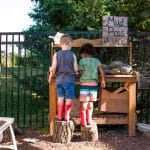A Thoughtful Approach to Early Learning and Child Care
At Kinderberry Hill, we believe in the boundless potential of every child. Inspired by the Reggio Emilia approach, our early childhood programs are built on the belief that children are strong, capable, curious, and full of ideas. This renowned philosophy, rooted in respect, collaboration, and exploration, invites us to see learning as a dynamic process shaped by the child’s voice, interests, and discoveries.
Through our Reggio-inspired environment, children are encouraged to make choices, express themselves in many languages (verbal, visual, physical), and engage deeply with the world around them. Educators act as partners and researchers—listening, guiding, and documenting growth—while environments serve as the “third teacher,” thoughtfully designed to provoke inquiry and connection.
 How is Reggio Emilia different from traditional childcare programs?
How is Reggio Emilia different from traditional childcare programs?




